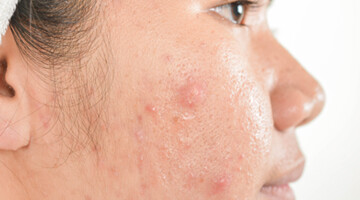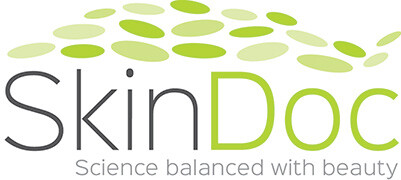
Acne Scarring
Scarring due to acne is very common and affects up to 95% of young people living with acne. The scarring can occur early, and the degree of scarring depends of the duration of the acne, and the severity. Acne scarring can be prevented, or minimised, if treatment of acne is implemented early. Acne scarring particularly on the face and can cause significant psychological distress in teenagers and older people.
Management of acne scarring can be challenging as acne scars are not all the same. Depending on the various types of scars the patient presents with, various treatment modalities can be used. The optimal treatment of acne scarring requires a detailed knowledge of the pathophysiology of acne scarring and the skin. Dermatologists and their team of registered cosmetic nurses are in a unique position to provide you with this information. The complex principles underpinning each treatment modality will be explained in simple terms to our patients with acne scarring.
Evaluation of a patient with acne scarring
The most important variables to consider, are the severity of the scars, the types of acne scars, and the impact acne scarring may have on the patient.
The current treatment modalities are most effective on the face rather than the body. The face is the area people with acne scarring are most concerned about.
On the face, atrophic scars which are indented scars are the most common. These scars can be subdivided into ice pick scars which are narrow and deep; rolling scars which are wide and deep, or boxcar scars which are round, oval or irregular depressions with sharp vertical edges.
Along the jawline acne scars can be hypertrophic, which are elevated above the skin surface. They are pink, or skin coloured, firm, and raised. They are not only common along the jawline but can also occur on the shoulders, chest, and back.
The appropriate treatment plan would be to evaluate each individual scar as well as categorising the majority of the scars.
The CROSS (chemical reconstruction of skin scars) using close to 100% trichloroacetic acid. TCA is placed in the scar using a toothpick or a needle to cause contraction of the scar by induction of scarring on the inside of the ice pick scar. Occasionally the ice pick scar may widen or worsen. This is due to inadequate amount of TCA has been deposited to the inside area of the scar. Therefore, several sessions such as 4-6 sessions are required at 3-4 weekly intervals.
Punch elevation can be used to treat the boxcar scars. In extremely dystrophic or abnormal scars, punch excision is a better option. In hair bearing areas in males, punch excision gives a superior result than punch elevation. Usually only one session of punch elevation or punch excision is required. In punch elevation, the tissue is not removed, it is freed from the underlying fibrous tethering and elevated to be flushed with the skin surface. Laser resurfacing may be required to blend in the surgical scars into the surrounding tissue.
Rolling scars require subcision if the scars are tethered down. Some rolling scars may respond better to high G prime filler to elevate the scars. Subcision can be done to each individual scar, or, if there are several scars in a concentrated area of skin, subcision at multiple levels to several scars may be a better option.
If filler is used, it is best done at a separate session from the acne scar surgery.
Once the TCA, surgery, or filler has been completed, the acne scarring may require further improvement with a field treatment of the entire area, in contrast to the treatment of each individual scar. This will involve either non-ablative fractional laser, such Pico laser, fractional radio-frequency, or skin needling over 4 to 9 sessions, and about 8 weeks apart. If fewer treatment sessions are preferred, then a fractional ablative laser, such as erbium YAG laser, may be more appropriate.
At SkinDoc we have Sciton Joule (Erbium YAG), Cutera Enlighten (Pico laser), Secret RF (radio-frequency), Dermapen 4 (micro needling), and various dermal fillers available.
Subcision, and punch excision, are done by the dermatologist.
